Discover the path to a rewarding career in medical imaging with our 7-step guide on how to become an ultrasound technician. Learn about the necessary education, training, and certification requirements, as well as the skills and qualities needed to succeed in this field, including diagnostic imaging, patient care, and medical technology.
Pursuing a career as an ultrasound technician, also known as a diagnostic medical sonographer, can be a rewarding and challenging profession. With the increasing demand for diagnostic imaging services, the field of ultrasound technology is growing rapidly. In this article, we will guide you through the 7 steps to become an ultrasound technician.

What is an Ultrasound Technician?
An ultrasound technician is a healthcare professional who uses specialized imaging equipment to create images of the body's internal organs and tissues. These images are used by physicians to diagnose and treat a variety of medical conditions. Ultrasound technicians work in hospitals, clinics, and other healthcare settings, and may specialize in areas such as obstetric and gynecologic sonography, abdominal sonography, or musculoskeletal sonography.
Step 1: Earn a High School Diploma or Equivalent
The first step to becoming an ultrasound technician is to earn a high school diploma or equivalent. While in high school, it's a good idea to take courses in science, math, and health to prepare for a career in healthcare.

Step 2: Complete a Post-Secondary Education Program
Most ultrasound technicians complete a post-secondary education program in diagnostic medical sonography. These programs are typically offered at community colleges, universities, and vocational schools, and may lead to an associate's degree or a certificate. The program should be accredited by the Commission on Accreditation of Allied Health Education Programs (CAAHEP).

Step 3: Gain Practical Experience
During the post-secondary education program, students will gain practical experience through internships or clinical rotations. This hands-on experience is essential for developing the skills and expertise needed to become a competent ultrasound technician.

Step 4: Obtain Professional Certification
While not always required, professional certification is highly recommended for ultrasound technicians. The American Registry for Diagnostic Medical Sonography (ARDMS) offers certification in various specialties, such as obstetric and gynecologic sonography, abdominal sonography, and musculoskeletal sonography.

Step 5: Obtain State Licensure (If Required)
Some states require ultrasound technicians to be licensed. Requirements for licensure vary by state, but typically involve passing a certification exam and meeting continuing education requirements.

Step 6: Pursue Continuing Education
The field of ultrasound technology is constantly evolving, and ultrasound technicians must stay up-to-date with the latest advances in technology and technique. Pursuing continuing education through workshops, conferences, and online courses can help ultrasound technicians maintain their certification and licensure, and enhance their skills and expertise.

Step 7: Join Professional Organizations
Joining professional organizations, such as the Society of Diagnostic Medical Sonography (SDMS), can provide ultrasound technicians with opportunities for networking, continuing education, and professional development.

Gallery of Ultrasound Technician Images
Ultrasound Technician Image Gallery
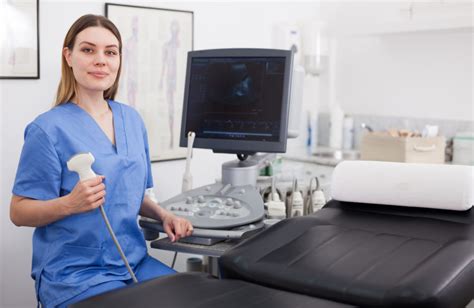
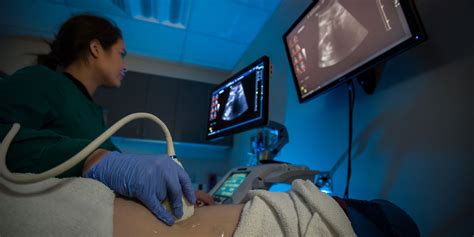

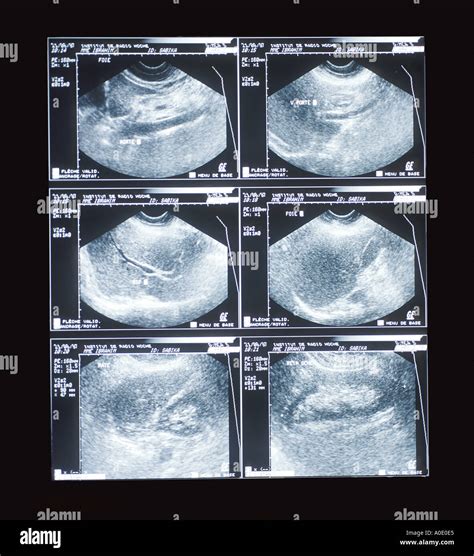
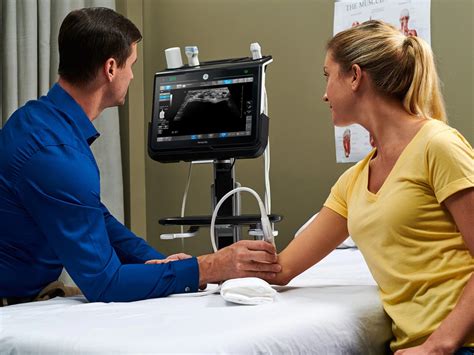
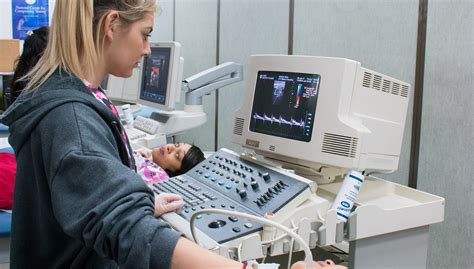
By following these 7 steps, you can become a competent and skilled ultrasound technician, and start a rewarding and challenging career in healthcare. Remember to stay up-to-date with the latest advances in technology and technique, and pursue continuing education to maintain your certification and licensure.
